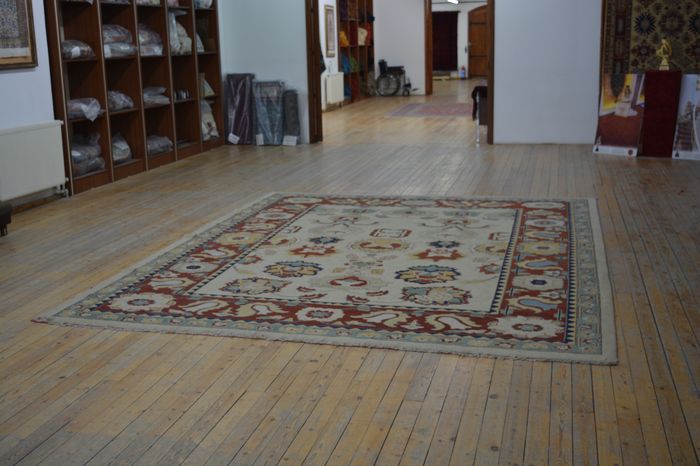The Church of “Sveti Dimitur” Birthplace of Bulgarian Resistance
Dating back to the Asenevstsi dynasty in the early 12th century, the Church of “Sveti Dimitur” holds special significance in Bulgarian history. It was established by brothers Asen and Petur and served as the focal point for the uprising against Byzantine rule. The church, depicted in the Plan of the Church “Sveti Dimitur,” showcases original construction from 1185, with later additions in the 13th century.
The Church “Sveti Chetiredesete Muchenici” Commemorating Victory
Situated on the left bank of the river, at the foot of the western side of Tsaravets hill, the Church “Sveti Chetiredesete Muchenici” holds deep historical significance. Built to commemorate the victory at the battle of Klokotnitsa on March 9, 1230, where Tzar Ivan Asen the Second triumphed over Kir Teodor Komnin. Legend has it that the church was dedicated to the Forty Martyrs, whose aid was believed to have secured victory.
Inside the Church Testament to History
Within the church lie six columns, three bearing inscriptions detailing the region’s history. These include references to Khan Krum of Bulgaria, Khan Omurtag, and Tzar Ivan the Second, celebrating Bulgaria’s expansion “to the three seas – Black Sea, Marmara, and Mediterranean.” Additionally, the church serves as a repository for regional relics, including the burial site of Tzar Ivan the Second and his wife Irina within the south wall Private Turkey Tours.
The Monastery of “Velikata Lavra” A Center of Spiritual Life
Established in the mid-13th century around the Church “Sveti Chetiredesete Muchenici,” the monastery of “Velikata Lavra” played a crucial role in the spiritual landscape of Turnovo. Excavations from 1973 to 1985 unearthed the east wing of the monastery, containing the refectory and Abbot’s quarters, alongside remnants of the west and south wings. These discoveries offer insights into the daily life and rituals of the monks who once inhabited this sacred space.


